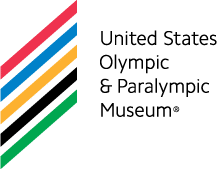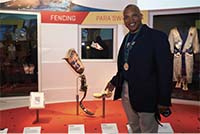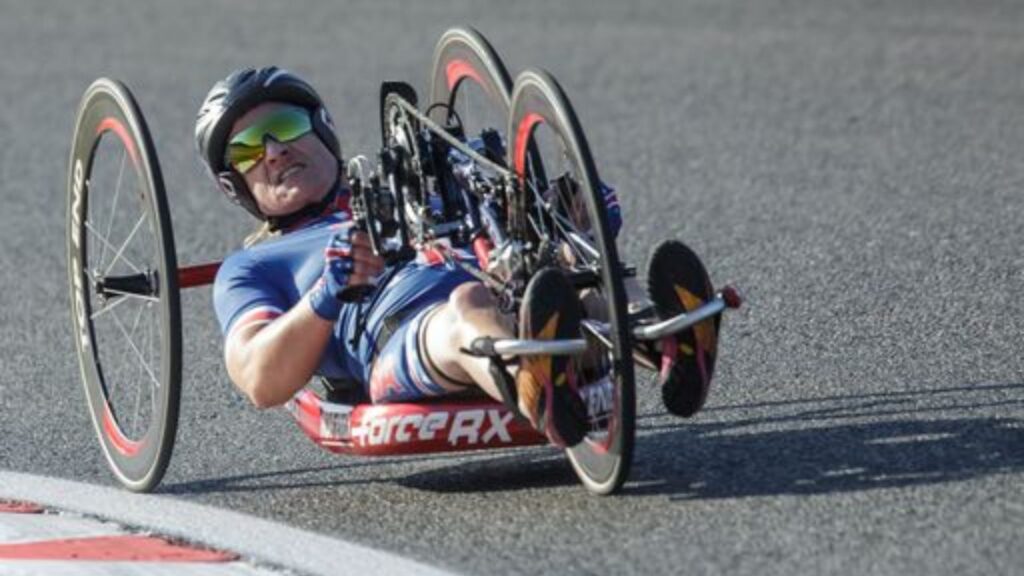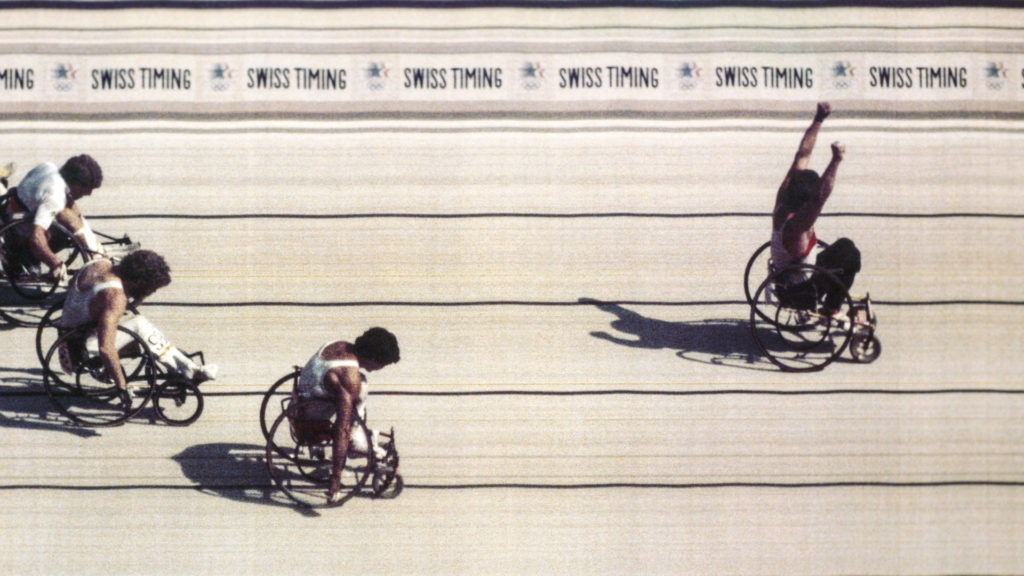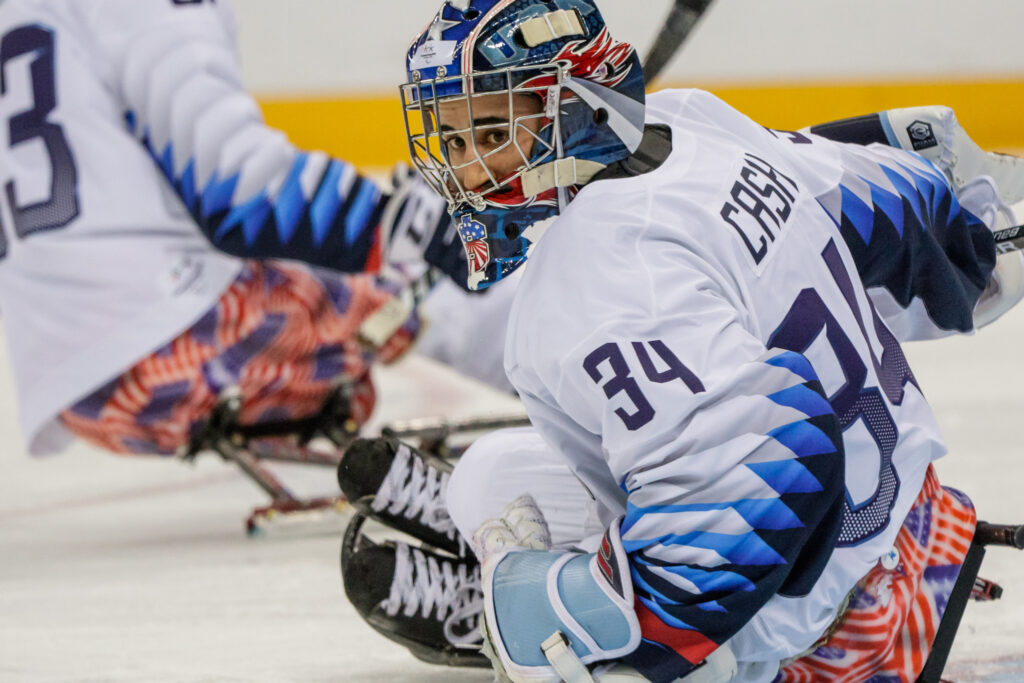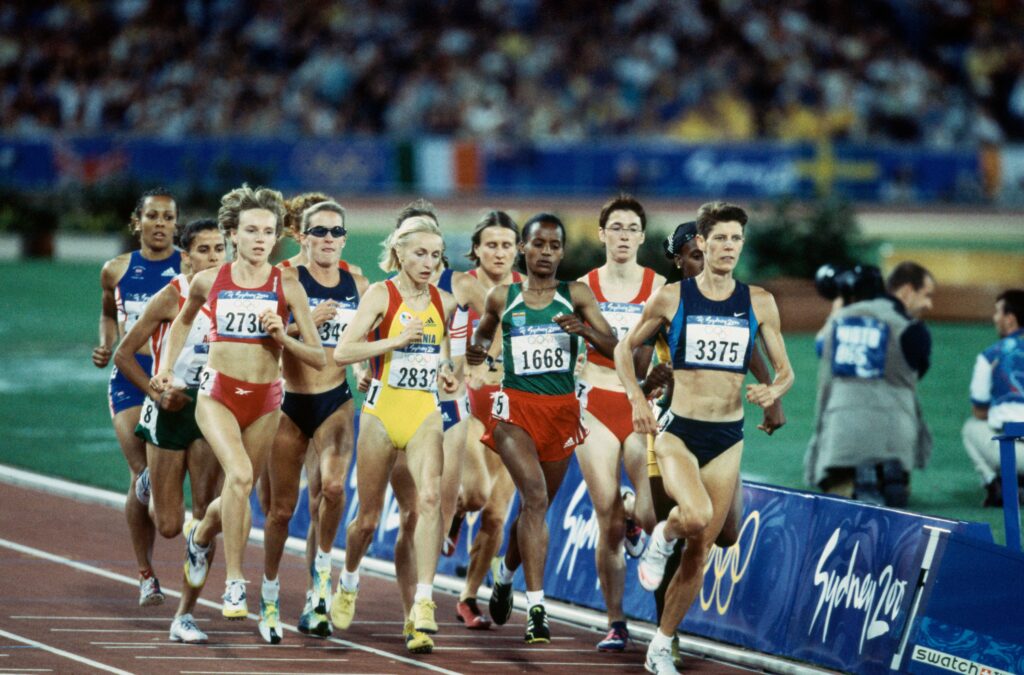Growing up, Peter Vidmar would watch gymnastics on television with his father. John Vidmar was enthusiastic about the sport, but after contracting polio as a young adult, he was unable to participate. He did, however, teach his children valuable lessons that Peter carried into his athletic career.
Peter Vidmar found success in gymnastics as a teenager. As an 18-year-old, he qualified for the U.S. Olympic Team that boycotted the Moscow 1980 Olympic Games. Vidmar then went to UCLA, where he had a strong collegiate career. He won the NCAA all-around championship as a senior, then found himself at center stage for the Los Angeles 1984 Olympic Games.
Vidmar helped the United States win gold in the team all-around competition. He also scored a perfect 10 to win gold in the pommel horse.
But perhaps Vidmar’s most dramatic moment came in the individual all-around competition, as he chased Koji Gushiken of Japan for the gold medal. Entering the final rotation, Vidmar figured he needed a 9.9 on the parallel bars to win. When the score flashed 9.9, Vidmar thought he had captured gold.
“Looked at my coach to start to celebrate and I could see it in his eyes,” Vidmar said. “He did not have the look in his eyes of a guy whose kid just won the Olympic all-around gold medal. He had the look of almost.”
Vidmar’s math had been off. He fell 0.025 short of the gold. Still, Vidmar’s silver medal was the first medal by an American in the men’s individual all-around since Julius Lenhart won gold at the St. Louis 1904 Olympic Games.
After retiring from competition, Vidmar served as chairman of the U.S. Gymnastics Board of Directors from 2008 to 2015, when he left to serve as mission president for The Church of Jesus Christ of Latter-day Saints in Australia.
